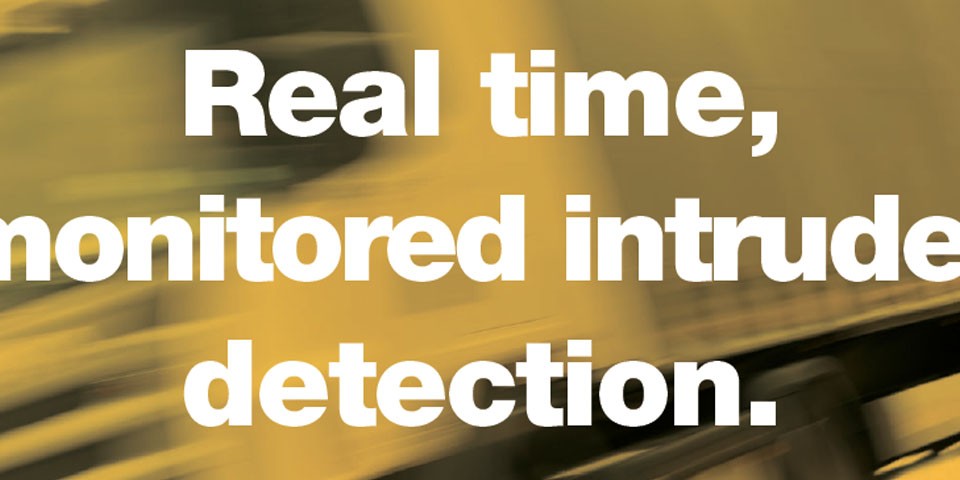i-COMPLY enhances Edinburgh Council’s operation, and saves money!
10 May 2011CCTV User Group Annual Conference
18 May 2011Physical security information management – a new trend in the Industry
Why has PSIM emerged?
The Physical security information management trend started in the US and has started to grow over in the UK. With many companies having many security devices and information system and tight budgets this year, they many are looking for solutions, which means that they can use their existing devices but integrate them into one user interface. In the long run this means that they can use their security budget more effectively and improve their ROI.
People also wanted better information from their security system so they could make business decisions based on the information.
‘In a CSO article on PSIM, the author describes how single events such as a “door open” alert from access control, a “lock failure” alert from the keycard system, a motion detection alarm, and video feed of the area by themselves may not raise an eyebrow, but when looked at together, there is clearly a break-in or break-in attempt. ‘
Having this information available from the different security devices painted a different picture then all the events on their own. Having this joined up information, means more informed decisions can be taken, which will no doubt improve the overall performance of the security team.
What is Physical security information management (PSIM)?
It is a category of software that provides a platform and applications created by middleware developers, designed to integrate multiple unconnected security applications and devices and control them through one comprehensive user interface. It collects and correlates events from existing disparate security devices and information systems (video, access control, sensors, analytics, networks, building systems, etc.) to empower personnel to identify and proactively resolve situations. PSIM integration enables numerous organisational benefits, including increased control, improved situation awareness and management reporting. Ultimately, these solutions allow organisations to reduce costs through improved efficiency and to improve security through increased intelligence.
A complete PSIM software system has five key capabilities:
- Collection: Device management independent software collects data from any number of disparate security devices or systems.
- Analysis: The system analyzes and correlates the data, events, and alarms, to identify the real situations and their priority.
- Verification: PSIM software presents the relevant situation information in a quick and easily-digestible format for an operator to verify the situation.
- Resolution: The system provides Standard Operating Procedures (SOPs), step-by-step instructions based on best practices and an organization’s policies, and tools to resolve the situation.
- Reporting: The PSIM software tracks all the information and steps for compliance reporting, training and potentially, in-depth investigative analysis.
(Source Wilkipedia)
How do companies implement a PSIM system?
If a company is looking at upgrading or putting out to tender their security system they should be considering using a PSIM application. With budgets cuts in the public and private sectors, people need to think about how they can use their budgets more effectively.
Further Reading:
LinkedIn Physical Security Information Management (PSIM) Group



